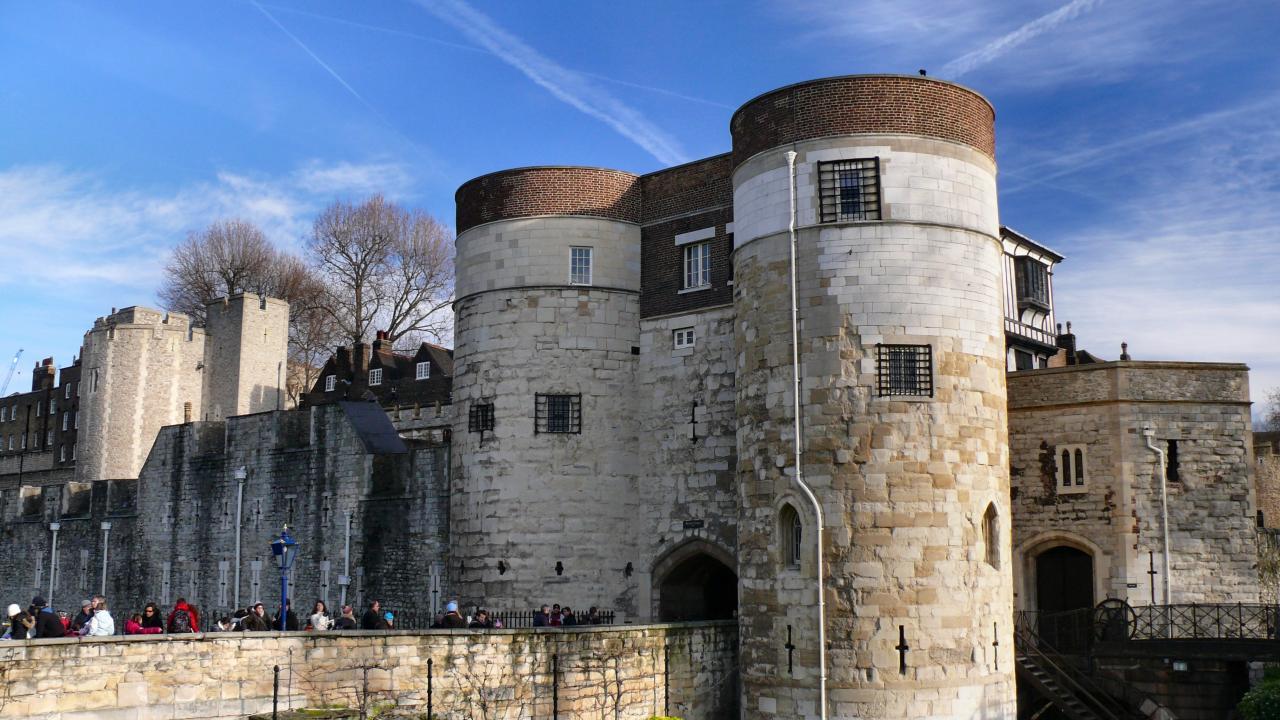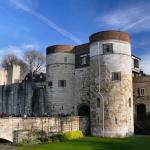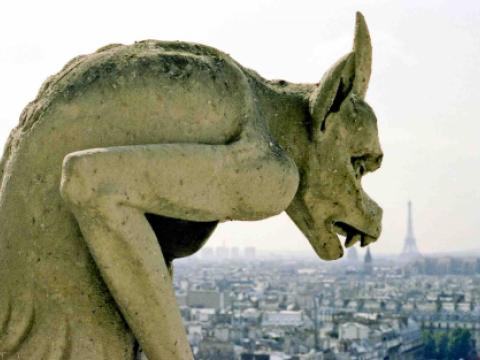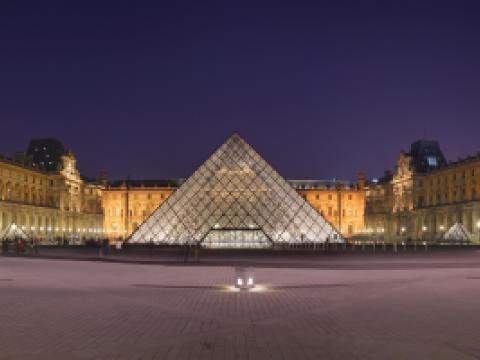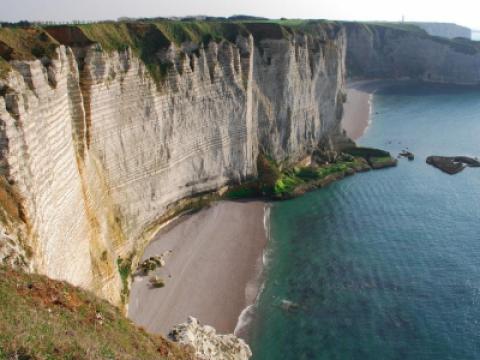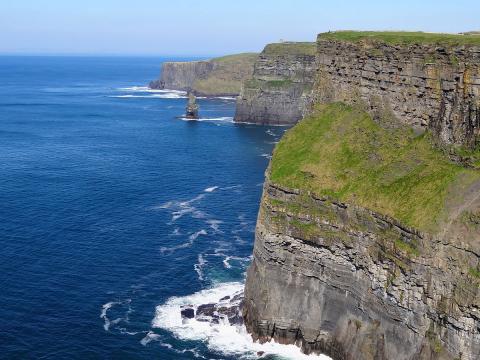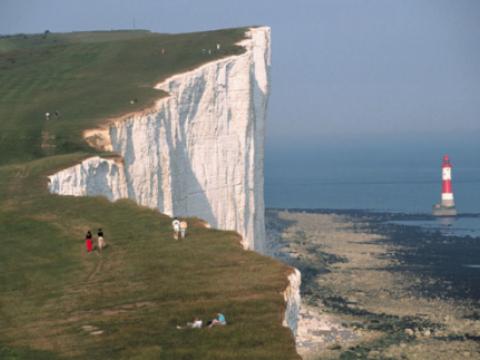Location
The unmissable Tower of London (actually a castle of 22 towers) offers a window into a gruesome and compelling history. This was where two kings and three queens met their death and countless others were imprisoned. Come here to see the colourful Yeoman Warders (or Beefeaters), the spectacular Crown Jewels, the soothsaying ravens and armour fit for a very large king.
In the 1070s, William the Conqueror started work on the White Tower to replace the castle he'd previously had built here. By 1285, two walls with towers and a moat were built around it and the defences have barely been altered since. The castle was used as a prison from 1100 (Ranulf Flambard) until 1952 (Kray twins), although that was not its primary purpose.
The Towers rich history contains several ghost stories. One of the most intriguing is about Arbella Stuart who married William Seymour (Lady Jane Grey’s nephew) in 1610, without King James I’s permission. This marriage of heirs to the throne was regarded as a threat; Arbella was put under house arrest in Lambeth, while William was sent to the Tower. They planned to escape but unfortunately missed their rendezvous. Poor Arbella was sent back to the Tower where she died and, as many believes, still lives as a ghost.
By London Underground
Use District or Circle lines to Tower Hill station. Follow directional signage to the Tower. The main entrance is a five minute walk from the station.
By train
From Fenchurch Street: Exit on to Mark Lane. Turn left on to Byward Street, which will lead you to Tower Hill and the Tower of London.
From London Bridge: Cross the bridge over the River Thames and turn right on to Lower Thames Street. After a 15-minute walk the Tower is located on your right.
By bus
Bus routes: 15, 42, 78, 100, RV1
The Tower is also served by all major sightseeing bus tours.
By riverboat
Directions: Riverboats for Tower Pier depart from Charing Cross, Westminster and Greenwich.
Adults: £21.45
Children (under 16): £10.75
Children (under 5): free of charge
Opening times:
March – October: 10 am – 5.30 pm
November – February: 10 am – 4.30 pm







